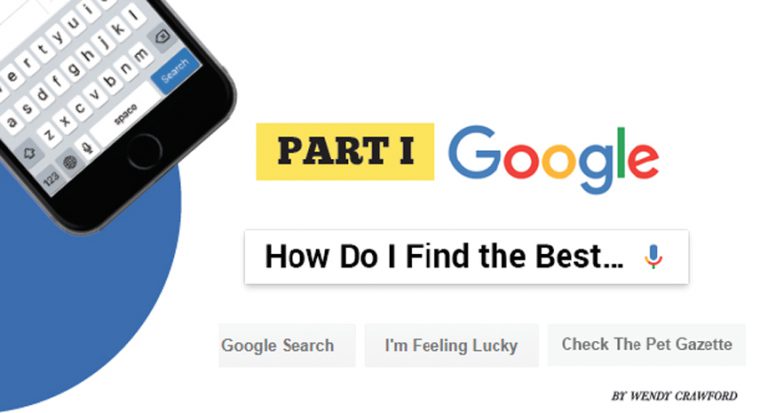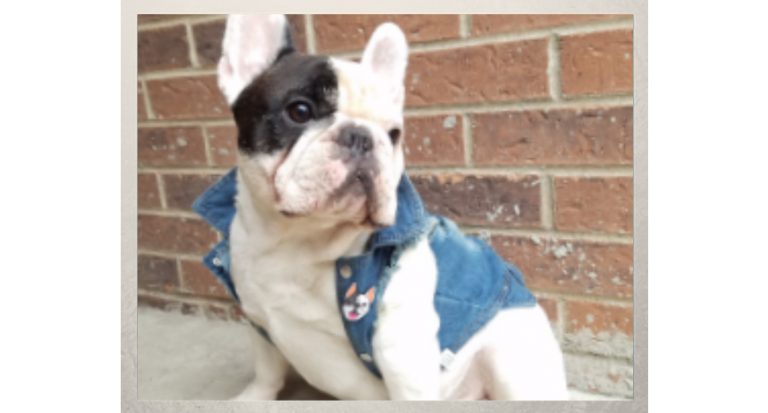It should be no surprise that house cats all over the world over have purred and kneaded their way deep into the heart of the internet. There is a wide acknowledgment that cats are the rulers of social media. Cat memes, cat photos, and cat websites are frequent fodder for anyone surfing the web. The history of cats online is preceded only by their history of dominating the household of their human slaves.
Cat pawprints may be all over your keyboard, but if you were to go back in time to the early days of the internet, back when you had a dialup modem to get connected, you would find the presence of cats. Following is a timeline of how cats have purr-meated the internet since the inception of social media.
Tubcat – 2002
A site still in existence today, Tubcat.com celebrates the oft-occurring condition of cats who like too much tuna: obesity. Tubcat has spent more time eating snacks than learning to spell, as he uses the generally accepted internet cat language with phonetically expressed phrases, like “kittehs are kewl.”
Limecat – 2004
A meme featuring a cat with a sculpted lime, the “Mystic Rind,” upon his head. Limecat is, according to legend, “The ultimate god of cats everywhere.” Interestingly, the “lime” itself that forms the helmet on the cat’s head is not an actual lime, but rather a carved pomelo, which suggests that the photo may have been concocted somewhere on the Chinese internet.
Cats That Look Like Hitler – 2006
This website is self-explanatory, but the collection of cats with Hitler-type mustache markings are irreverently hilarious. The opening paragraph reads, “Does your cat look like Adolf Hitler? Do you wake up in a cold sweat every night wondering if he’s going to grow up and invade Poland? Does he keep putting his right paw in the air while making a noise that sounds suspiciously like ‘Sieg Miaow?’ If so, this is the website for you.” The site invites participation and presents kitty Hitler doppelgangers available for adoption
I Can Has Cheezburger – 2007
Beginning with a collection of memes called “lolcats,” the collection of photos with funny captions known as “I Can Has Cheezburger” remains one of the most popular sites on the web. This blog-format site features videos and macro images. I
Can Has Cheezburger was created in 2007 by a Hawaiian, Eric Nakagawa, and his friend Kari Unebasami. During its peak in May 2007, the site received around 1.5 million hits per day. ICHC normalized the “lolspeak” language now commonly used on funny animal memes. Nakagawa converted the site to a monetized blog. He then sold it to a group of investors that September for $2 million.
Simon’s Cat – 2008
British animator Simon Tofield, in trying to teach himself to use Adobe Flash, created a series of short films about his cat, Hugh. The cartoons are about a fat cat who goes to great lengths to get his owner, Simon, to feed him. By January 2009, the little films became so popular that Tofield was approached to publish a book based on the characters. In 2012, Disney Studios scooped up the animation rights, creating a new series of short films and then later partnering “Simon’s Cat” with “Sesame Street.” In 2017, “Simon’s Cat” became an internet game called “Crunch Time.” It is available on Facebook.
Cat Massage – 2009
This YouTube video coins the phrase, “Major Whisker Watch Alert.” It is an instructional movie about how to massage your cat. It appears to have serious intent but offers a treasure trove in the comments section. It boasts of over 4 million views so far.
Pusheen – 2010
Artists Claire Belton and Andrew Duff first created Pusheen in May 2010 to appear on their website Everyday Cute for a comic strip they called, “Pusheen Things.” Pusheen was so popular that in 2011, the female grey tabby cat earned her own comic strip. Since that time, she has become a merchandising “cash cow.” Her image appears in products through Barnes & Noble, Petco, Hot Topic, and more. Pusheen has over 9 million followers on Facebook and has expanded to Twitter, Instagram, and Pinterest.
Cat Bearding – 2011
On July 28, 2011, a photo uploaded by Tumblr user Catasters started a whole new craze on the internet. This came to be known as “cat bearding.” Thousands of users began imitating the initial post of holding the cat under the chin and touching noses with it. The effect gave the person the bottom half of a cat face. The lesson, according to Bored Panda, is simple: “Cats make everything go viral.”
Anti-Yoga Cat – 2014
The original Anti-Yoga Cat first appeared in a video when the cat photobombed the owner’s yoga pose. The cat smacks the camera and disrupts the video. The GIF that followed created a rush of anti-yoga cats who manage to interrupt and interfere with yoga in creative ways.
Max the Library Cat – 2017
The sign on the door says it all: “Please do not let in the cat. His name is Max. Max is nice. His owner does not want Max in the Library. We do not want Max in the Library. Max wants to be in the Library. Please do not let Max into the Library.” The sign appeared on Reddit and Twitter and thus blew up the internet. Max instantly accumulated fans worldwide, all asking for him to be allowed in the library. Due to an allergic employee, he was not. Max has a home, and he is currently under house arrest there. Meanwhile, he is the subject of a new book and a Facebook page, called “Let Max In.”
Cats Are Still Out There
One theory about why cats are so popular is because they have never evolved in the same way dogs have. We can’t really control them, so they bring a little bit of nature into the home with us. For some computer geeks, this might be as close to the great outdoors as they ever get. But there is something hilarious in the assumed dignity of the typical cat when placed in unnatural situations. Whatever the cause, cats continue to provide us with an unending source of material.




